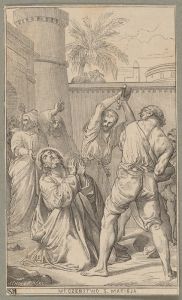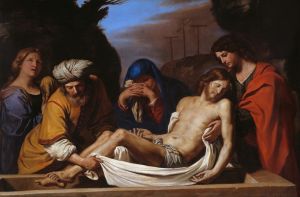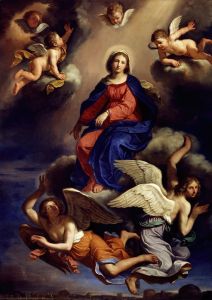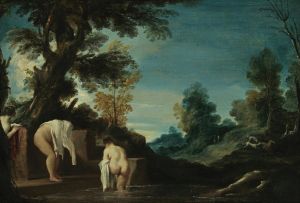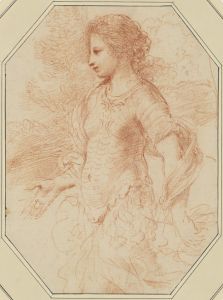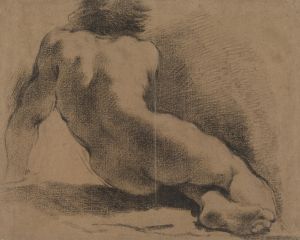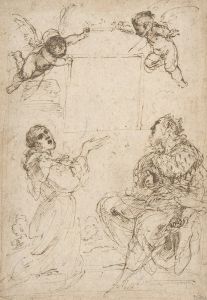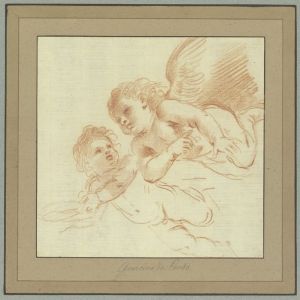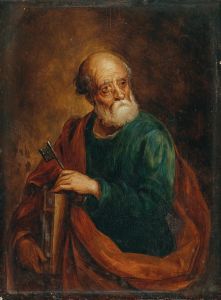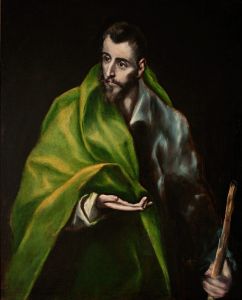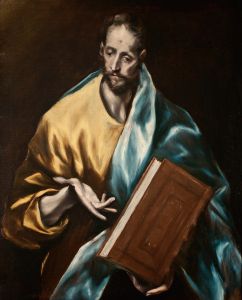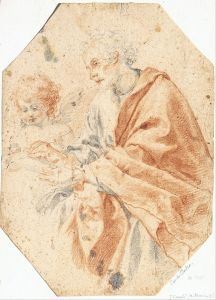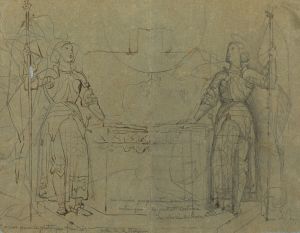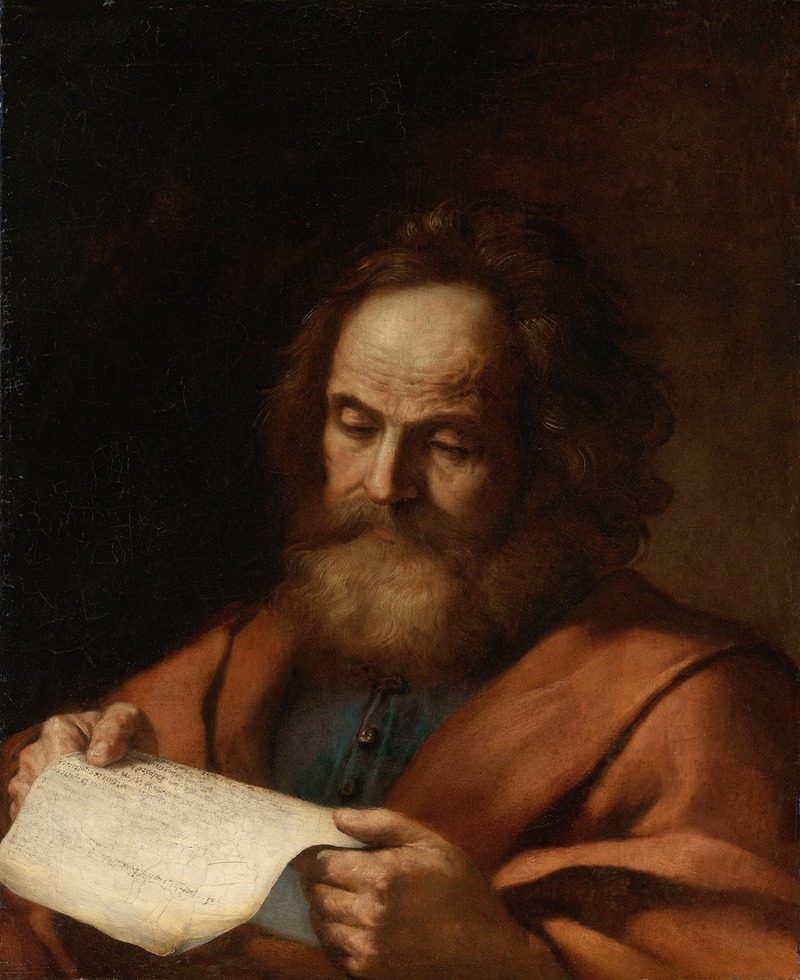
Saint Luke
A hand-painted replica of Guercino’s masterpiece Saint Luke, meticulously crafted by professional artists to capture the true essence of the original. Each piece is created with museum-quality canvas and rare mineral pigments, carefully painted by experienced artists with delicate brushstrokes and rich, layered colors to perfectly recreate the texture of the original artwork. Unlike machine-printed reproductions, this hand-painted version brings the painting to life, infused with the artist’s emotions and skill in every stroke. Whether for personal collection or home decoration, it instantly elevates the artistic atmosphere of any space.
Saint Luke is a painting created by the Italian Baroque artist Giovanni Francesco Barbieri, commonly known as Guercino. Born in 1591 in Cento, Italy, Guercino was a prominent figure in the Baroque movement, known for his dynamic compositions and expressive use of light and shadow. His work is characterized by a vigorous style and a keen attention to detail, which is evident in his depiction of religious and mythological subjects.
The painting "Saint Luke" is part of a series of works that Guercino created, focusing on the Four Evangelists. Saint Luke, one of the authors of the New Testament, is traditionally represented as a physician and an artist, and he is often depicted with an ox or a calf, symbols associated with his Gospel. In Guercino's portrayal, Saint Luke is typically shown in a contemplative pose, often with attributes that signify his role as an evangelist and a writer of one of the Gospels.
Guercino's depiction of Saint Luke reflects the artist's mastery of chiaroscuro, a technique that uses strong contrasts between light and dark to achieve a sense of volume and three-dimensionality. This technique was a hallmark of the Baroque period, allowing artists to create dramatic effects and draw the viewer's attention to specific elements within the composition. In "Saint Luke," Guercino employs this method to highlight the saint's serene expression and the intricate details of his attire, emphasizing his scholarly and spiritual nature.
The painting is notable for its rich color palette, which includes deep reds, blues, and earth tones, contributing to the overall solemn and reverent atmosphere. Guercino's skillful use of color and light not only enhances the visual impact of the painting but also serves to convey the spiritual significance of the subject. The careful rendering of textures, such as the folds of fabric and the sheen of metallic objects, showcases Guercino's technical proficiency and his ability to imbue his works with a sense of realism.
Guercino's "Saint Luke" is housed in various collections, with versions and studies of the painting found in museums and galleries across the world. The artist's ability to capture the essence of his subjects and his innovative approach to composition have earned him a lasting reputation as one of the leading painters of the Baroque era. His works continue to be studied and admired for their artistic merit and their contribution to the development of European art.
In summary, "Saint Luke" by Guercino exemplifies the artist's Baroque style, characterized by dramatic use of light and shadow, a rich color palette, and a focus on the emotional and spiritual depth of his subjects. Through this painting, Guercino not only pays homage to the evangelist but also demonstrates his own artistic prowess, leaving a lasting impact on the art world.





